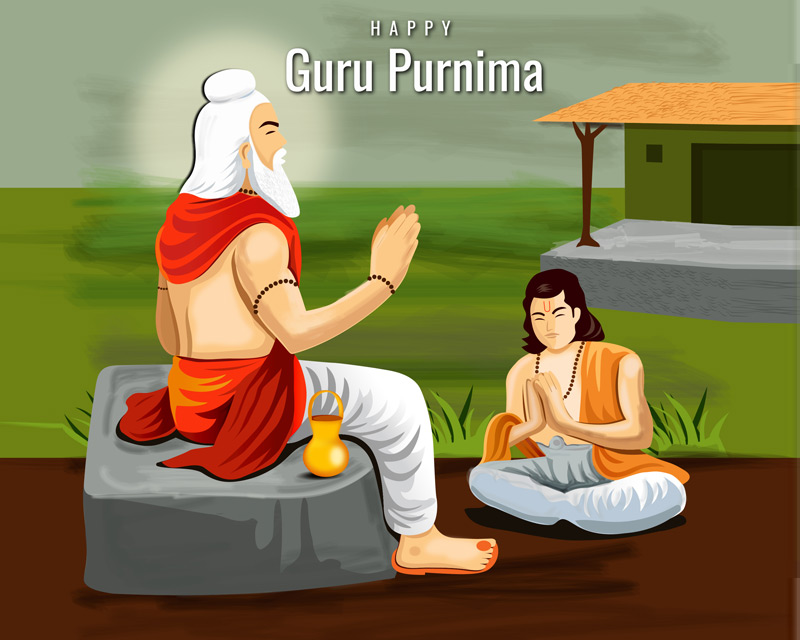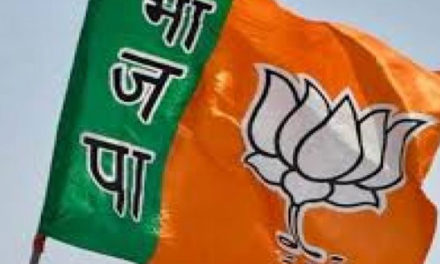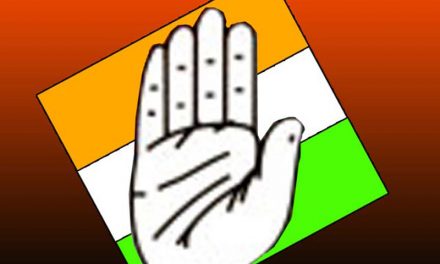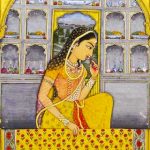Celebrating Guru Purnima is not just about paying respect to our Gurus and Guru Parampara but also about decoding the eternal message of our sages for Bharatvarsha as Vishwa Guru
Anirudh Joshi
“Guru Purnima” or “Vyasa Purnima” as some people call it, will be celebrated by Indians across the world on July 27. Every year, it is celebrated on Purnima (Full moon day) of Asadha month. It is the birthday for Maharshi Ved Vyas, and it was this day that he completed his seminal work “Brahma Sutra”. It is also believed that it was on this day that Shiv, the Adiguru initiated the seven rishis (“Saptarshis”) and they became his disciples.
It has been a long and unbroken tradition to celebrate Guru Purnima as the day when we honour our Gurus, and acknowledge the immense debt we owe to them as individuals, as communities, as a civilisation.
As I looked at the calendar and thought about this day and what it meant to me, I was also reminded of what Prime Minister Narendra Modi, and some of his ministers, have often been saying about their dreams of India rising to its potential on the world stage as “Vishwa Guru”. PM Modi speaks passionately about this often, and he invokes Swami Vivekananda, whom he quotes very often for having said that, “I can clearly see Bharat emerging as a Vishwa Guru on the world stage”. This year we celebrate 125 years of Swamiji’s address in Chicago where he started his journey of educating the world about the richness of Hindu philosophy and thought.
Spirituality and demystifying the road to the realisation of divinity is something which has come naturally to India and Indian civilisation. That has been our core for generations and centuries. So if Swami Vivekananda said this as a prophecy and Prime Minister Modi as the leader of the country and BJP as the ruling party believes it and wants to pursue that as a goal for India, I can understand and appreciate the natural logic behind it.
What scares me whenever I hear this is what it means to us as a nation. The goals that we set for ourselves, the vision that we pursue and what we hail as ideal and “Adarsh” defines the course of our lives, both as individuals and as nations.
If we imagine the picture of whom we all know or consider as “Guru”, the imagery that is evoked in our mind is of a sage, a Rishi, a Brahmin, a monk, a sanyasi, someone who is fully devoted to the pursuit of God at exclusion of everything else, has given up the world of material pleasures and is above the daily grind what most human beings go through. He has devoted himself to pursuing God, which is and maybe should be the highest goal for a human being and so we all prostrate ourselves to him and consider him worthy of respect.
That is how it has been for thousands (if not hundreds of thousands) of years for us as a nation. That image of a Guru and the pursuit of Divinity to the exclusion of everything else is what has defined us for centuries and millennia.
If one were to poll all the people who are familiar with history and traditions of India, as to who is their ideal image of “Guru”, the names that would come up with are Vyasa, Vashishstha, Parshurama, Dronacarya, Vishwamitra, Valmiki, Dattatreya, Gautam Buddha if you delve into ancient history. As you get closer, the names that would come up with are Shankaracharya, Ramanuja, Chaitanya Mahaprabhu, Guru Nanak, the lineage of Sikh Gurus, Swami Samarth, Sri Ramakrishna Paramhansa and Swami Vivekanand, Maharshi Dayanand Saraswati and Sai Baba.
While the history of India is replete with the Brahmin and Sanyasi Gurus and they are the most well known images as “Guru” we have had our share of the non-Brahmin, non-Sanyasi “Grihastha” gurus – the ones who pursued life as a Grihastha (someone who leads a family life with all its duties), as a king, as a trader, as a weaver, as an artisan. Someone who pursued God and realised God but also excelled in his or her other duties.
The names which will come up in this relatively smaller category are Raja Janak who was king of Mithila, Yogeshwar Sri Krishna, Basaweshaver who was the chief minister of Kalachuri King, and Guru Gobind Singh, the Sikh warrior king.
All these were realised souls who guided the seekers who came to them on the path of divinity but also fulfilled their duties as whatever roles they had to perform while they lived, and dealt with problems of their times to establish “dharma” or the path of righteousness.
They did not give up their jobs and professions as kings or leaders and become teachers or sanyasis exclusively.
Yogeshwar Sri Krishna is considered as God by most, but he is also a Guru who taught us how to live according to Bhagwat Geeta. The principles of how to lead life, pursue divinity, and excel in all forms of life, and succeed in conquering enemies and winning against them was taught by Sri Krishna better than any other teacher in the world.
This is not to say that the Sanyasi and Rishis are not required or not to be revered. However, it is clear that pursuing spirituality to the exclusion of material prosperity has cost us heavily as a nation.
The periods of 1000 BC to 1000 AD was the golden period of India and India was known the world over as a prosperous and wealthy civilisation. It is well known and accepted by all historians that just a few hundred years back, India was a fully mature, wealthy and prosperous civilisation. Columbus or Marco Polo did not set out to India because it was uncivilised and inferior. They set sail for India because it was a prize destination. The Mughals, Turks and Afghans came because they wanted to loot and plunder. The Chinese scholars like Huen Tsang came to India to learn from the Gurus at Nalanda and Takshilia.
While it is easy to blame the Mughals, British and the imperialists for the decline and fall of India from its pinnacle, the most critical reason for the ease with which India was enslaved and marauded was our affinity for the spiritual and sanyasi path to God and our neglect of the material world.
In our pursuit of divinity as a nation and civilisation, and treating it as the highest goal, we forgot the practicalities of life and became too “nice” respecting all and refusing to recognise danger when it confronted us in the face.
We allowed ourselves and our traditions to be taken over, disrupted, mocked at and got impoverished as a nation, set behind by several centuries.
Shankaracharya’s “Brahma Satya, Jagat Mithya” was taken literally and seeped into the subconscious of India. Material progress and prosperity became secondary to spiritual growth and realisation.
As we pursued divinity and God, and treated that with the highest respect, we failed to recognise the danger and threat when it came knocking, sometimes by stealth but most times openly.
Mughals with their single-minded focus on conquests and conversion and British with their guile and deception and usage of modern technology found it easy to win over India. They not only enslaved India but also managed to convince generations that all the rich heritage and knowledge traditions were worthless and meaningless and of no practical use.
Things have changed somewhat, and we are learning to balance the material with spiritual. As Modi and BJP work on a grander vision to improve India and pursue plans for India on the world stage, India is poised at a juncture where it is discovering itself again, and making progress slowly but steadily.
However, before we talk about dreams of being Vishwa Guru on the world stage, we have to find the balance of material and spiritual as individuals and as a society within us first. That can happen only when you pursue the right role models. A weak and poor India can still be the Vishwa Guru to the world, but it will continue to be used and abused by other countries if we neglect the material progress of our own.
What India needs today is to pursue the path of Yogeshwar Krishna as the Guru, someone who taught us how to win against enemies, how to deal with guile and deception, how to succeed against odds while not straying from the path of righteousness and doing one’s duty as God’s work. The mistakes that we made in the past set us back several thousands of years, and we will repeat it if we do not learn from those mistakes.











